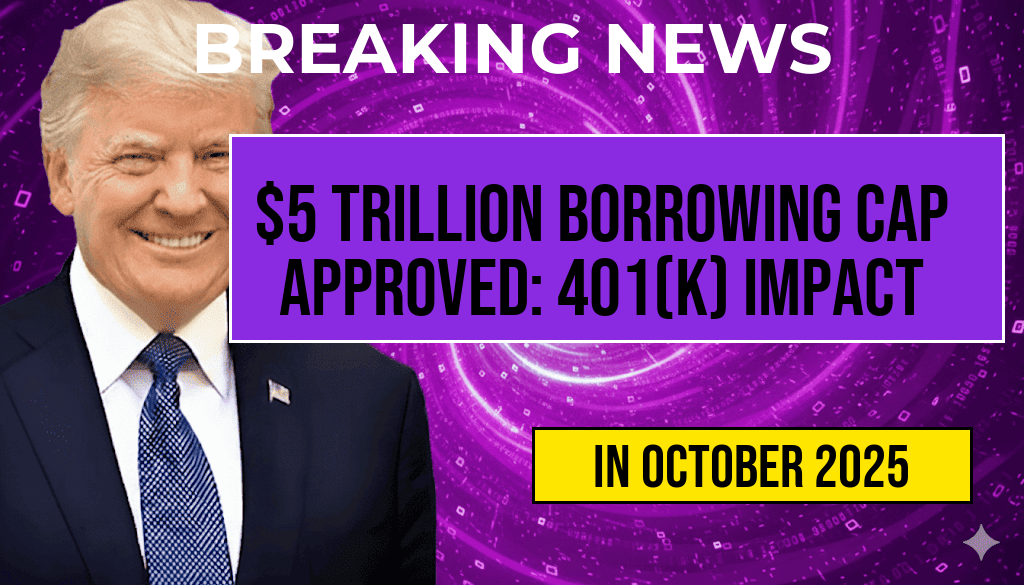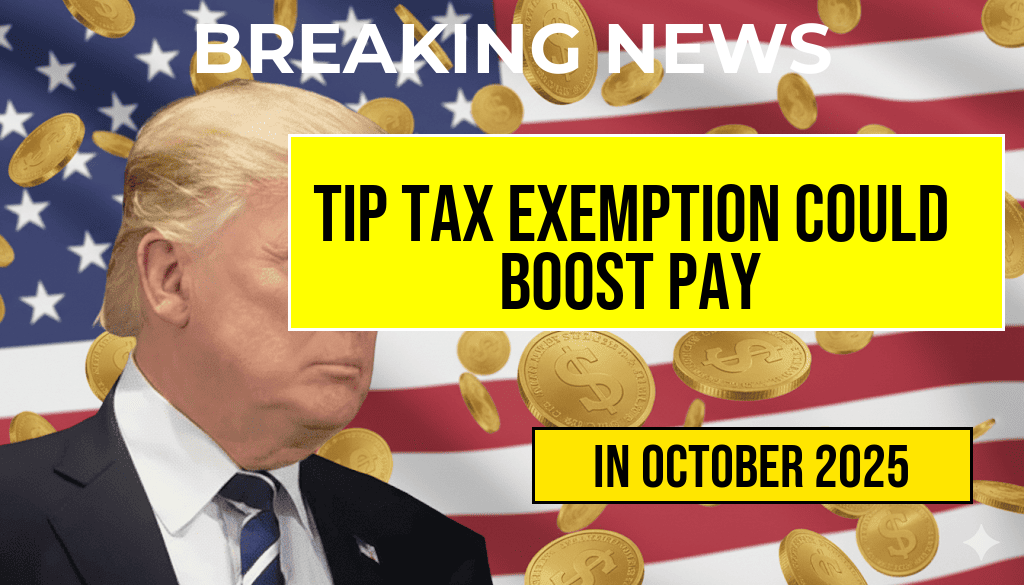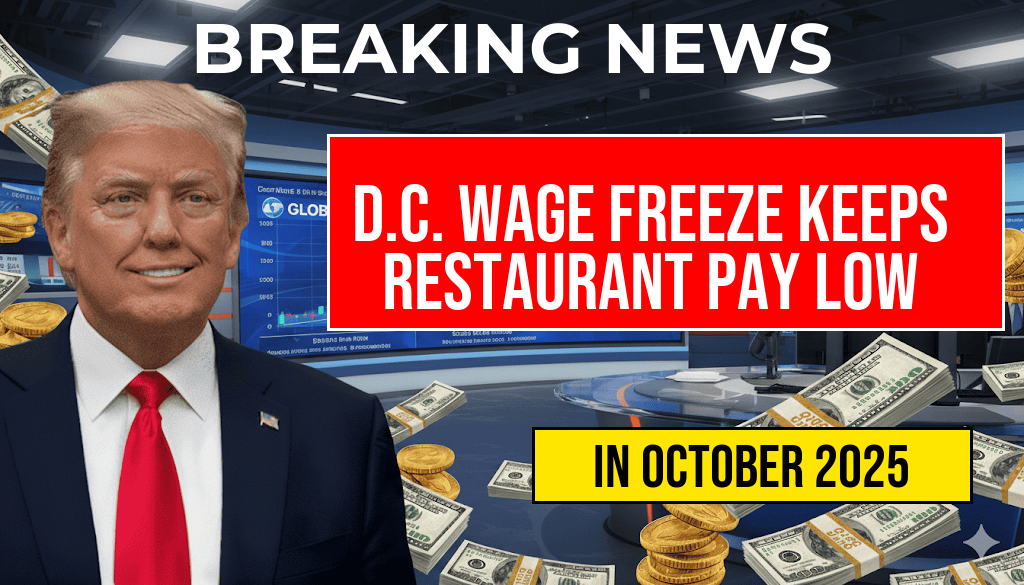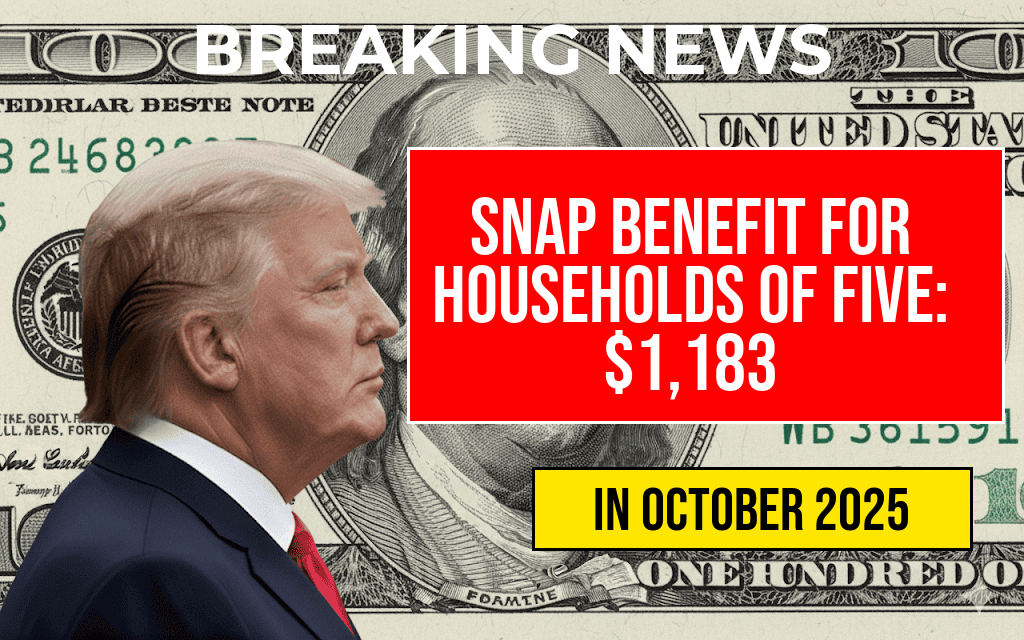The recent approval of a $5 trillion increase in the federal borrowing cap has raised significant concerns and questions regarding its implications for various sectors of the economy, particularly retirement savings. As the government prepares to navigate this monumental fiscal adjustment, experts are examining how increased borrowing may affect individual 401(k) plans and the broader investment landscape. While proponents argue that this move is essential for sustaining economic stability, critics warn of potential long-term repercussions that could impact American workers and their savings. Understanding the dynamics of this decision is crucial as individuals assess their financial strategies moving forward.
The Borrowing Cap Explained
The borrowing cap, which is the maximum amount the U.S. Treasury can borrow to finance government operations, was unanimously approved by Congress. This increase is intended to accommodate federal spending needs without immediately raising taxes or cutting essential services. The decision comes amid ongoing discussions about fiscal responsibility and economic growth, as the government aims to manage its debts while fostering an environment conducive to recovery post-pandemic.
Potential Effects on 401(k) Plans
The implications of this borrowing increase extend to retirement plans such as 401(k)s, which are heavily influenced by market conditions and government fiscal policies. Here are several ways that the hike in the borrowing cap may impact your retirement savings:
- Interest Rates: Increased government borrowing can lead to higher interest rates, as the supply of available capital decreases. This can affect the bond markets, where many 401(k) plans invest a portion of their assets.
- Inflation Pressures: With more money in circulation, inflation may rise, diminishing the purchasing power of savings. This is particularly critical for retirees who rely on fixed incomes from their 401(k) withdrawals.
- Market Volatility: The announcement of significant borrowing can create uncertainty in the financial markets. If investors perceive increased risk, stock prices may fluctuate, impacting the value of 401(k) accounts.
Understanding the Risks and Opportunities
As the government moves forward with this borrowing strategy, it is essential for individuals to remain informed. Here are some factors to consider:
| Factor | Risks | Opportunities |
|---|---|---|
| Interest Rates | Higher borrowing costs impacting loans and mortgages. | Potential for better returns on fixed-income investments. |
| Inflation | Loss of purchasing power for retirees. | Opportunity to invest in inflation-hedged assets like real estate. |
| Market Volatility | Negative impact on stock prices affecting account balances. | Potential for buying opportunities in a dip. |
Strategies to Protect Your 401(k)
In light of the potential impacts on retirement savings, individuals can take proactive steps to protect their 401(k) investments:
- Diversification: Ensure your portfolio includes a mix of asset classes, including stocks, bonds, and alternative investments. This can help mitigate risks associated with market fluctuations.
- Regular Contributions: Continue to make regular contributions to your 401(k) to take advantage of dollar-cost averaging, which can reduce the impact of market volatility over time.
- Review Asset Allocation: Periodically reassess your investment strategy to align with changing economic conditions and your retirement goals.
Looking Ahead
As the federal government prepares to implement this substantial borrowing increase, individuals are encouraged to remain vigilant. Monitoring economic indicators such as interest rates and inflation can provide insights into how these changes may affect retirement portfolios. For more detailed analysis on government borrowing and its broader implications, consider exploring resources from [Forbes](https://www.forbes.com) and [Wikipedia](https://www.wikipedia.org).
In an ever-evolving financial landscape, staying informed and adaptable is key to securing a successful retirement. By understanding the potential ramifications of the increased borrowing cap, individuals can make more informed decisions regarding their 401(k) plans and overall financial health.
Frequently Asked Questions
What does the recent hike in the $5 trillion borrowing cap mean for my 401(k)?
The recent hike in the borrowing cap allows the government to increase its debt, which can impact overall market stability. This may affect the performance of your 401(k) investments, particularly if interest rates rise as a result.
How does increased government borrowing affect interest rates?
When the government increases its borrowing, it can lead to higher interest rates as the supply of bonds increases. This can impact various investments in your 401(k) by altering their expected returns.
Will my 401(k) contributions be affected by this borrowing cap increase?
Your 401(k) contributions themselves will not be directly affected by the increase in the borrowing cap. However, the overall performance of the investments within your 401(k) may fluctuate due to changes in the economic environment.
Should I adjust my 401(k) investment strategy following this news?
It’s important to assess your 401(k) investment strategy regularly. While the borrowing cap increase may lead to volatility, consult with a financial advisor to determine if changes are necessary based on your long-term goals.
What long-term effects might this borrowing cap increase have on my retirement savings?
In the long term, increased borrowing could lead to higher inflation and interest rates, potentially eroding the value of your retirement savings. Monitoring economic indicators and adjusting your savings plan can help mitigate risks.






